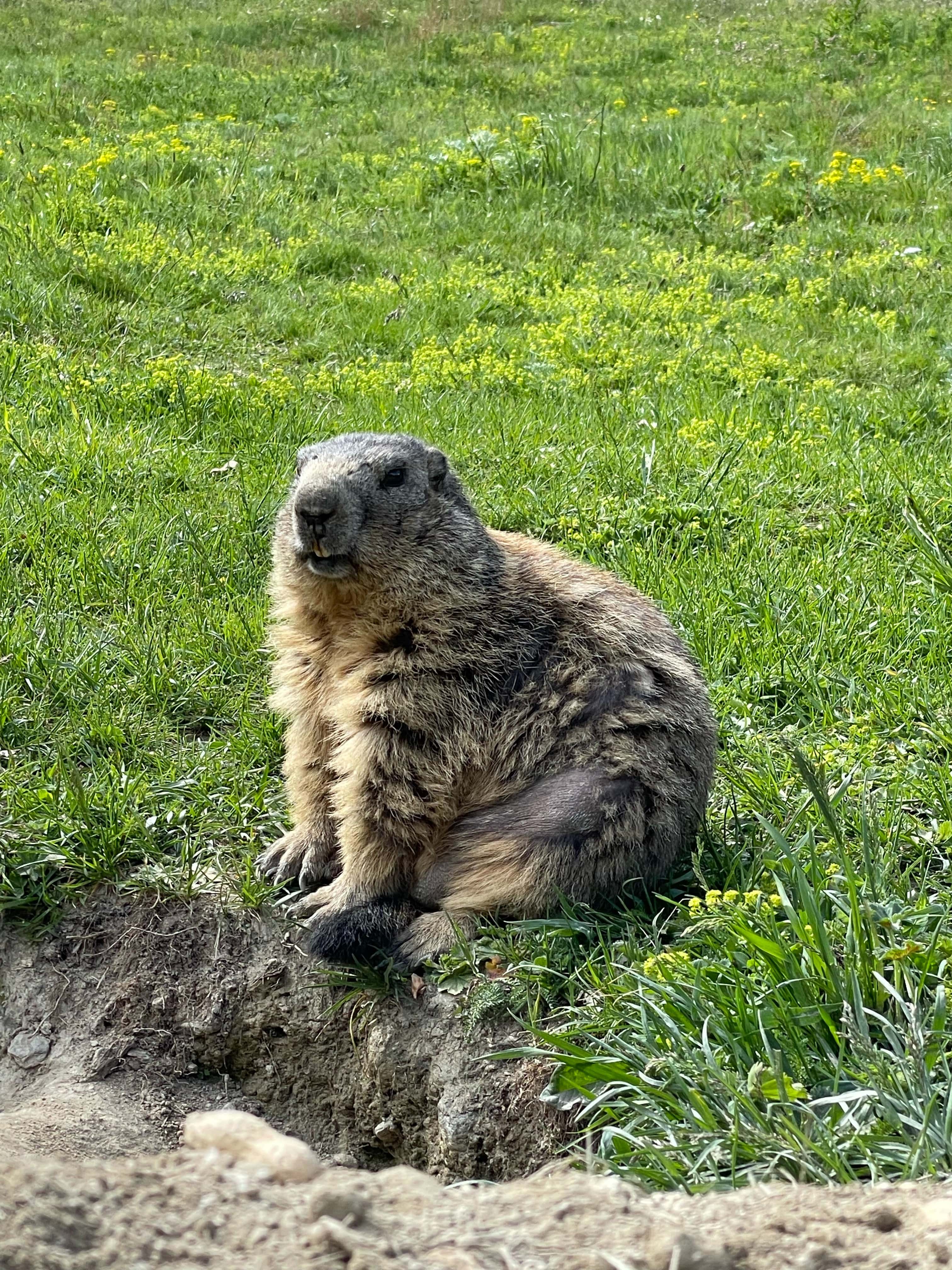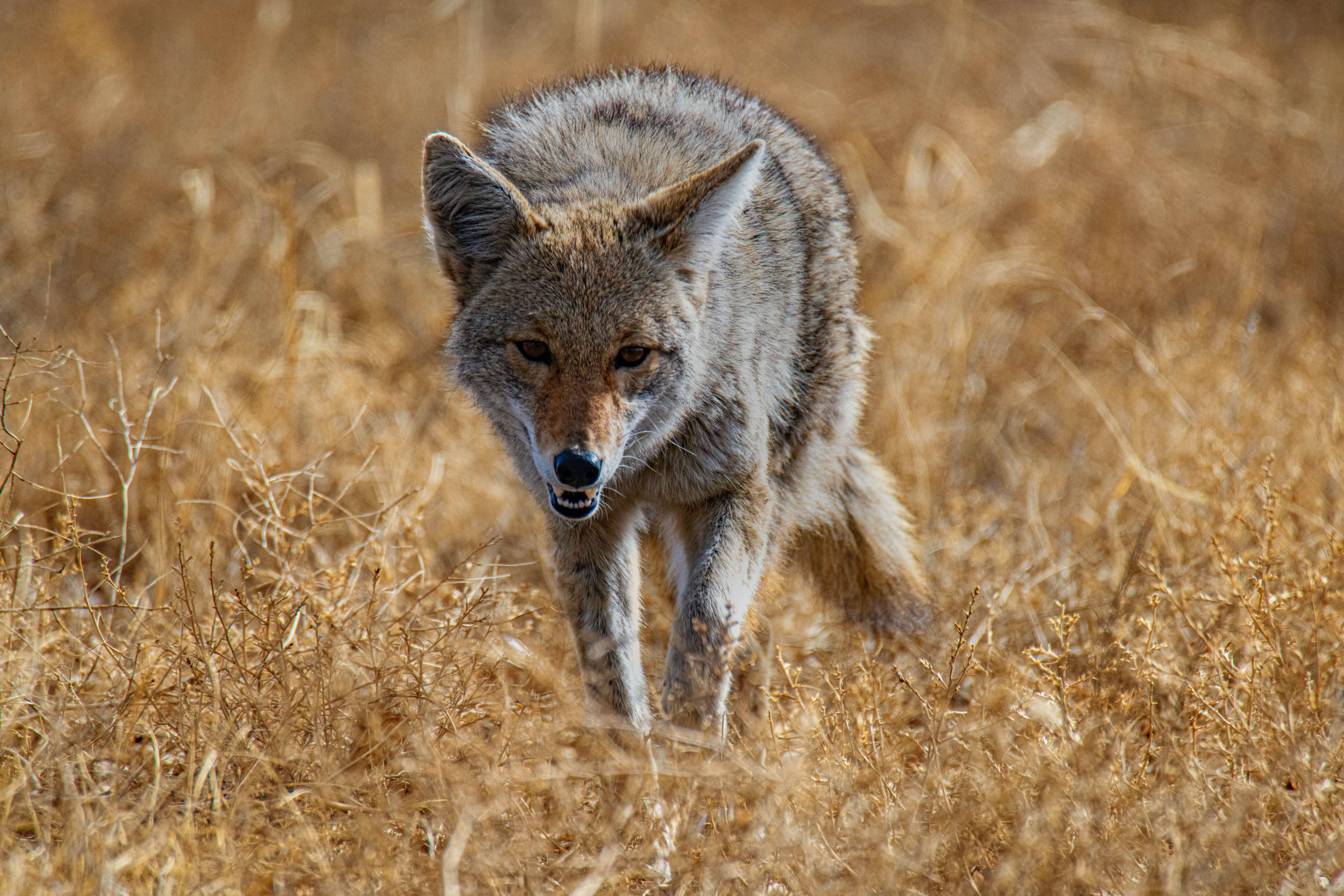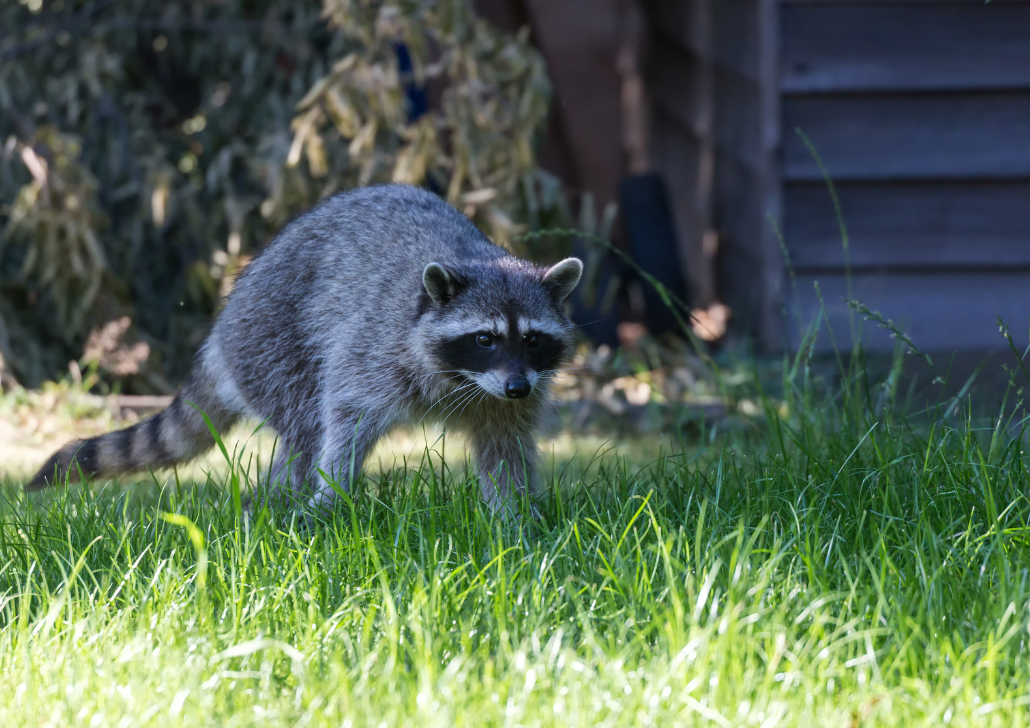How to Get Rid of Groundhogs

Understanding Groundhogs
Are groundhogs a friend or a foe? Groundhogs can be both. While they may make their presence known through burrows, they can also provide an important service by preying on garden pests. But if the groundhog activity becomes a nuisance and threatens gardens or home foundations, it's important to remove them.
What are groundhogs?
Groundhogs, also known as woodchucks or whistle pigs, are a species of large rodent native to North America. They are usually grayish-brown and have small heads, short ears, and small eyes.
Groundhogs typically reach lengths of 20–27 inches (51–69 cm) and weigh around 6–10 lbs (2.7–4.5 kg). They are usually found in fields and wooded areas and can cause damage to gardens, lawns, and home foundations.
What attracts groundhogs?
Groundhogs are attracted to gardens and lawns because of the availability of food. They like to feed on clover, dandelion, alfalfa, and other plants found in these areas. Groundhogs also like to burrow near homes and yards for shelter.
Additionally, groundhogs are attracted to areas with water since they enjoy wallowing in shallow pools of water. This can be a problem as they often create holes near water sources and damage them.
11 Ways How to Get Rid of Groundhogs
1. Use Repellents: Repellents are one of the most effective ways to get rid of groundhogs. They work by emitting a smell or taste that the groundhogs find unpleasant, making them want to leave the area. Several types of repellents are available, including predator urine and commercial products containing mothballs or peppermint oil.
You can also make use of repellers such as PredatorGuard's Pestaway Ultrasonic Animal Repeller, which instantly scares pests away with a motion-activated blast of ultrasonic sound and strobe lights.

2. Install Fencing: Installing a fence around your garden or yard can effectively keep groundhogs out of unwanted areas. Choose a fence at least 4 feet (1.2 m) high, and ensure it has no gaps larger than 1 inch (2.5 cm). It should also be buried at least 8 inches (20 cm).
3. Trap Them: If you have a groundhog problem, trapping them can be an effective way to get rid of them. You can buy live traps that lure the animal in with bait and then trap it without harming it. Once caught, you can release the groundhog at least 3 miles (4.8 km) away from your home or garden.
4. Use Natural Predators: Groundhogs are preyed upon by natural predators such as foxes, coyotes, and hawks. Encouraging these animals to live in and around your yard can help to reduce groundhog populations. Planting native shrubs, keeping bird feeders in your yard, and maintaining a healthy bird population can all help to attract these predators.
5. Eliminate Food Sources: Groundhogs are attracted to areas with abundant food sources, such as gardens and lawns. To reduce the amount of groundhog activity in your yard, try to eliminate easy food sources such as fallen fruit and nuts from trees. Be sure to keep bird feeders away from areas where groundhogs may be present.
6. Remove Groundhog Burrows: If you notice a groundhog burrow on your property, removing it as soon as possible is important. The best way to do this is to fill in the entrance with dirt and rocks. This will encourage the groundhog to find a new home away from your property.
7. Remove Debris: Groundhogs like to hide and nest in areas filled with debris such as leaves, sticks, and wood piles. Removing these items can help reduce groundhog activity in your yard.
8. Use Solar-Led Lights: Groundhogs are nocturnal animals, so they tend to avoid areas with bright lights at night. Installing Solar-Led Deterrent lights around your property can help to keep groundhogs away.

9. Plant Repellent Plants: Planting certain plants in your garden or around your yard can help deter groundhogs from entering the area. Some good options include pennyroyal, garlic, and chives.
10. Use Exclusion Devices: If you have a groundhog problem, you can use exclusion devices such as one-way or two-way doorways to keep them out. These devices are designed to allow groundhogs to leave but not reenter the area, giving you an easy way to get rid of them without resorting to trapping or poisoning.
11. Use Sprinklers: Groundhogs don't like getting wet, so you can use sprinklers around your yard or garden to keep them away. Motion-activated sprinklers are a good option as they will only turn on when the groundhog is present, deterring it from entering your yard or garden.
What damages can groundhogs do?
Groundhogs can cause a variety of damages to your property. They are known to dig deep burrows and tunnels that can weaken the structure of buildings, patios, decks, retaining walls, and foundations.
Groundhogs also love to feed on garden plants and vegetables and can quickly strip away all of a garden's vegetation in just one night.
In addition, they can carry diseases such as rabies and ticks, which can harm humans.
Finally, groundhogs are notorious for chewing on outdoor wiring, leading to costly repairs.
How to prevent groundhogs from coming back
1. Maintain Your Property: Regularly inspect your property for signs of groundhog activity and repair any damage you find as soon as possible. This will help to deter groundhogs from making a home on your property in the future.
2. Trim Bushes and Fences: Groundhogs like to hide in overgrown bushes and fences, so be sure to trim these items regularly. This will also help you spot any signs of groundhog activity more easily.
3. Check for Entry Points: Groundhogs can fit through surprisingly small gaps, so inspecting your property for any potential entry points they could use to get inside is important. Seal any small openings with mesh wire or expanding foam to prevent groundhogs from returning.
Groundhogs can cause a lot of damage to your property, so it's important to take steps to get rid of them. By eliminating food sources, removing burrows and debris, using Solar-Led lights, planting repellent plants, and using exclusion devices or sprinklers, you can prevent groundhogs from entering your yard and help protect your property from future damage.
Frequently Asked Questions:
What do groundhogs hate?
Groundhogs dislike loud noises, bright lights, strong smells, flowing water, or tight spaces. They also dislike certain plants such as pennyroyal, garlic, and chives which can be used to keep them away from your property.
What smell do groundhogs hate the most?
Groundhogs hate strong odors such as ammonia, garlic, vinegar, and predator urine. Spraying these scents around your property can help to deter groundhogs from entering the area.
Additionally, you can also use commercially available repellents to keep groundhogs away.
What home remedy kills groundhogs?
No home remedy will effectively kill groundhogs. The best way to eliminate them is by trapping or using exclusion devices such as one-way doorways. You can also use various deterrents, such as Solar-Led lights, repellent plants, and sprinklers, to make your property less appealing to groundhogs.
How do I get rid of a groundhog under my shed?
The best way to remove a groundhog under your shed is by using an exclusion device such as a one-way door. This will allow the groundhog to leave but not reenter the area, giving you an easy way to eliminate them without trapping or poisoning. Alternatively, you can also use deterrents such as Solar-Led lights.




